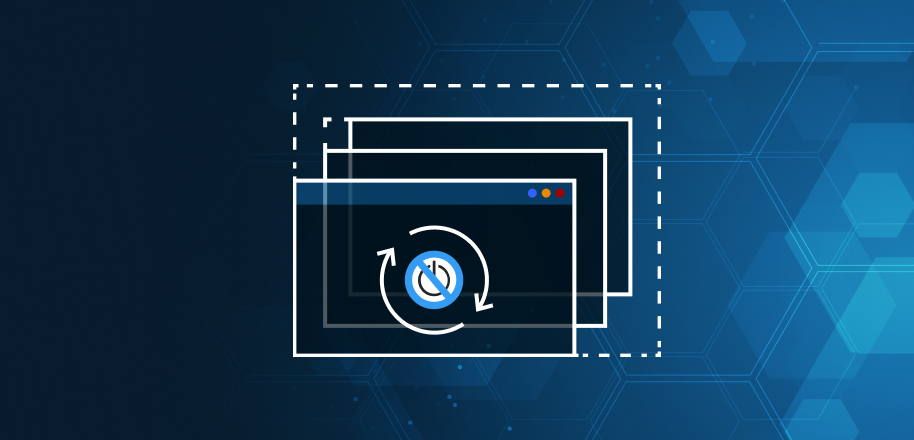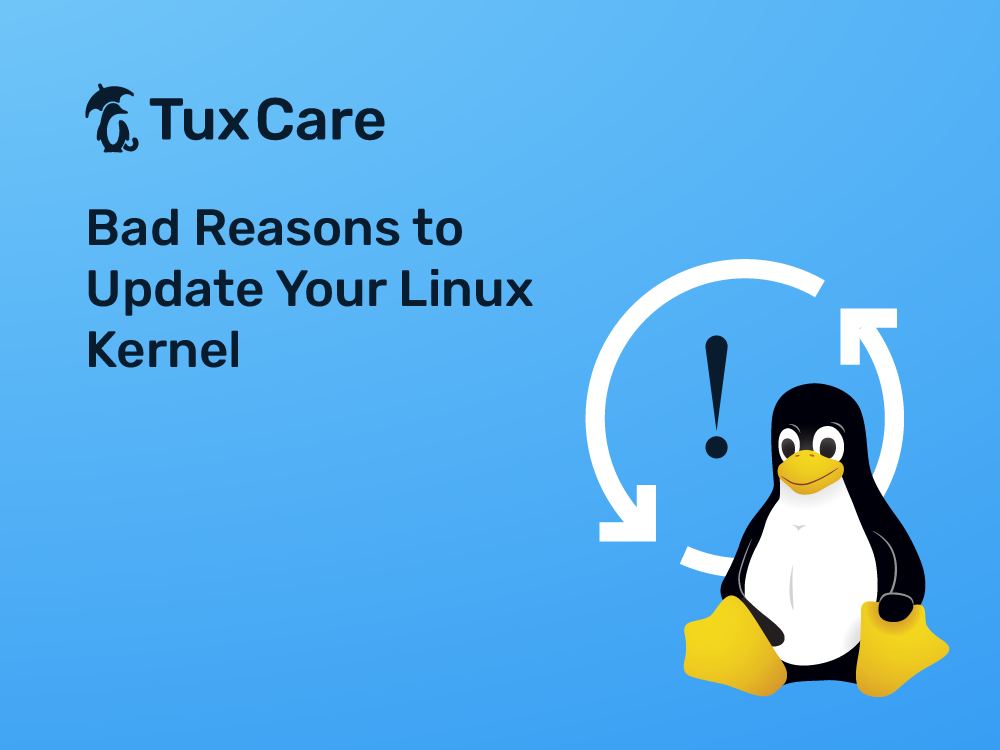Mauvaises raisons de mettre à jour votre noyau Linux

Rafraîchir avec quelque chose de nouveau et d'amélioré - si c'est aussi simple que d'appliquer une mise à jour logicielle.... eh bien, pourquoi pas ? C'est un argument tentant pour des choses comme la mise à jour des noyaux Linux et il n'est pas surprenant que les administrateurs système débutants soient parfois tentés d'appliquer rapidement une mise à jour du noyau.
Mais une mise à jour du noyau Linux ne doit pas être prise à la légère. Dans le monde de l'entreprise Linux, le changement est synonyme de risque. Quelles que soient les raisons pour lesquelles vous pensez devoir mettre à jour votre noyau Linux, il n'y en a qu'une seule qui compte vraiment.
Dans cet article, nous examinerons quelques-unes des moins bonnes raisons d'effectuer une mise à jour du noyau Linux - et nous mettrons l'accent sur cette seule bonne raison.
Nouvelles fonctionnalités et pilotes mis à jour
Les mises à jour majeures du noyau introduisent parfois de nouvelles fonctionnalités. Les nouvelles fonctionnalités peuvent sembler attrayantes à première vue, mais il est peu probable que les logiciels que vous utilisez se servent de ces mises à jour pendant plusieurs années. Il est également rare que les nouvelles fonctionnalités du noyau soient si essentielles que vous en ayez besoin pour le bon fonctionnement de votre solution existante.
Il en va de même pour les mises à jour de pilotes. La plupart de ces mises à jour concernent du matériel que vous ne possédez pas ou que vous n'utilisez pas. À moins que vous n'utilisiez du matériel de pointe sorti au cours des 6 à 12 derniers mois, il est peu probable que les mises à jour améliorent de manière significative les performances ou la stabilité de votre serveur, en particulier si vos serveurs sont déjà stables. Et votre système fonctionnait très bien jusqu'à présent, n'est-ce pas ?
Vous pourriez mettre à jour vos noyaux pour intégrer les dernières fonctionnalités, mais vous n'obtiendrez pas grand-chose en retour. Ce que vous obtiendrez, en revanche, c'est le risque que quelque chose se casse à cause de la mise à jour... et vous ne saurez jamais ce qui se cassera, ni quand cela se produira.
Amélioration des performances et de la stabilité
La communauté Linux consacre un temps considérable à l'amélioration des performances de Linux, et ces améliorations sont publiées dans les nouvelles versions du noyau. Mais le noyau Linux est déjà très efficace, et les gains de performance marginaux pour la plupart des systèmes peuvent ne pas être perceptibles.
Bien que certains sous-systèmes puissent connaître des avancées notables, en général, même les mises à jour importantes apportent moins de 1 % d'amélioration des performances pour les charges de travail normales et peuvent parfois conduire à une légère réduction des performances. Le jeu n'en vaut pas la chandelle.
Certaines mises à jour du noyau Linux promettent une meilleure stabilité. Par ailleurs, il y a très peu de raisons de mettre à jour votre noyau pour des raisons de stabilité. Il est vrai qu'il existe toujours des "cas limites" qui n'affectent qu'un très faible pourcentage de serveurs. Si vos serveurs sont stables, une mise à jour du noyau est plus susceptible d'introduire de nouveaux problèmes qui rendent les choses moins stables, et non plus.
La bonne raison de mettre à jour le noyau Linux
Alors, y a-t-il une bonne raison de mettre à jour votre noyau ? Oui, il y en a une : pour la sécurité. De nouvelles vulnérabilités apparaissent en permanence dans le noyau Linux. La seule façon de corriger la vulnérabilité est de mettre à jour votre noyau Linux avec une version qui n'est pas vulnérable.
Et vous devez absolument le faire. Si vous utilisez un noyau dont les vulnérabilités sont connues, les pirates pourront accéder à vos serveurs. En outre, le fait de ne pas mettre à jour vos noyaux (également appelé "patching") peut entraîner le non-respect de diverses normes et bonnes pratiques en matière de sécurité.
Il est donc crucial de garantir la sécurité de votre système et de votre noyau. Heureusement, les services de correction du noyau en direct, tels que KernelCare de TuxCare, peuvent aider à atteindre cet objectif sans qu'il soit nécessaire de procéder à une mise à jour complète du noyau ou à un redémarrage.
Mettre à jour (uniquement en cas de besoin) et agir rapidement
Ce n'est pas parce que d'autres mettent à jour leur noyau Linux que vous devez faire de même. Le système et les besoins de chacun sont différents, et suivre aveuglément la foule peut entraîner des perturbations.
Mais il y a une exception : les mises à jour de sécurité critiques nécessitent une mise à jour immédiate. immédiate immédiate du noyau. Pourtant, les mises à jour de sécurité du noyau peuvent être un véritable casse-tête, simplement parce que les mises à jour sont très fréquentes.
L'application automatisée de correctifs en direct peut être utile car elle supprime la nécessité de redémarrer constamment les instances Linux pour s'assurer qu'une mise à jour de sécurité est appliquée. PS : vous pouvez en savoir plus sur la gamme de services de live patching de TuxCare ici.



 Documentation
Documentation Connexion
Connexion



